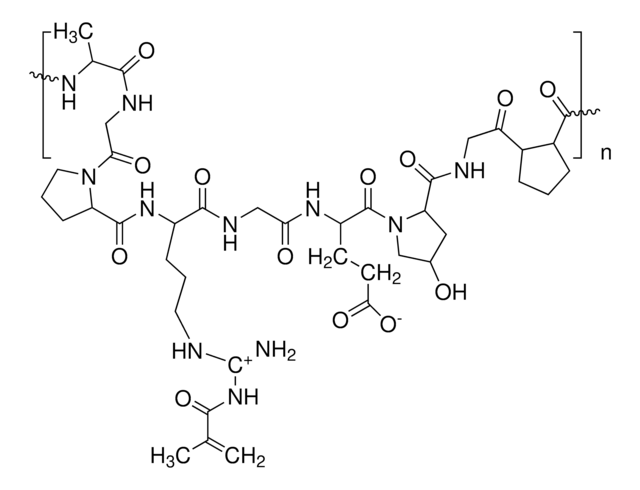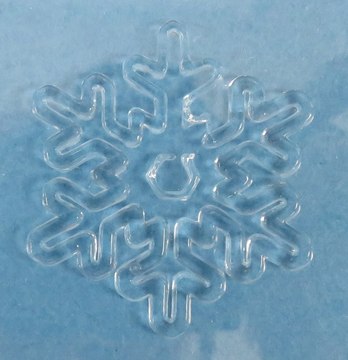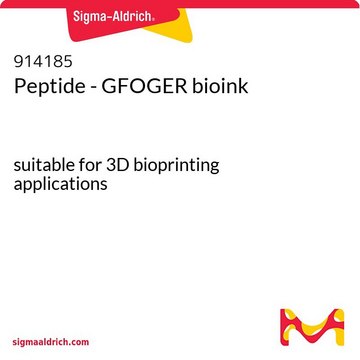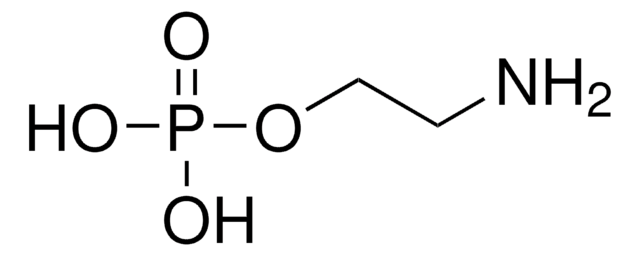推荐产品
表单
liquid
杂质
<25 EU/mL Endotoxin
颜色
white
pH值(酸碱度)
6.5-7
密度
1.050 g/mL
应用
3D bioprinting
储存温度
2-8°C
一般描述
Material comes prepackaged in syringe with 5ml of product.
应用
分析说明
法律信息
储存分类代码
12 - Non Combustible Liquids
WGK
WGK 2
闪点(°F)
Not applicable
闪点(°C)
Not applicable
法规信息
商品
Professor Shrike Zhang (Harvard Medical School, USA) discusses advances in 3D-bioprinted tissue models for in vitro drug testing, reviews bioink selections, and provides application examples of 3D bioprinting in tissue model biofabrication.
实验方案
Frequently asked questions (FAQs) for KAPA SYBR® FAST One-Step qRT-PCR Kits.
我们的科学家团队拥有各种研究领域经验,包括生命科学、材料科学、化学合成、色谱、分析及许多其他领域.
联系客户支持





